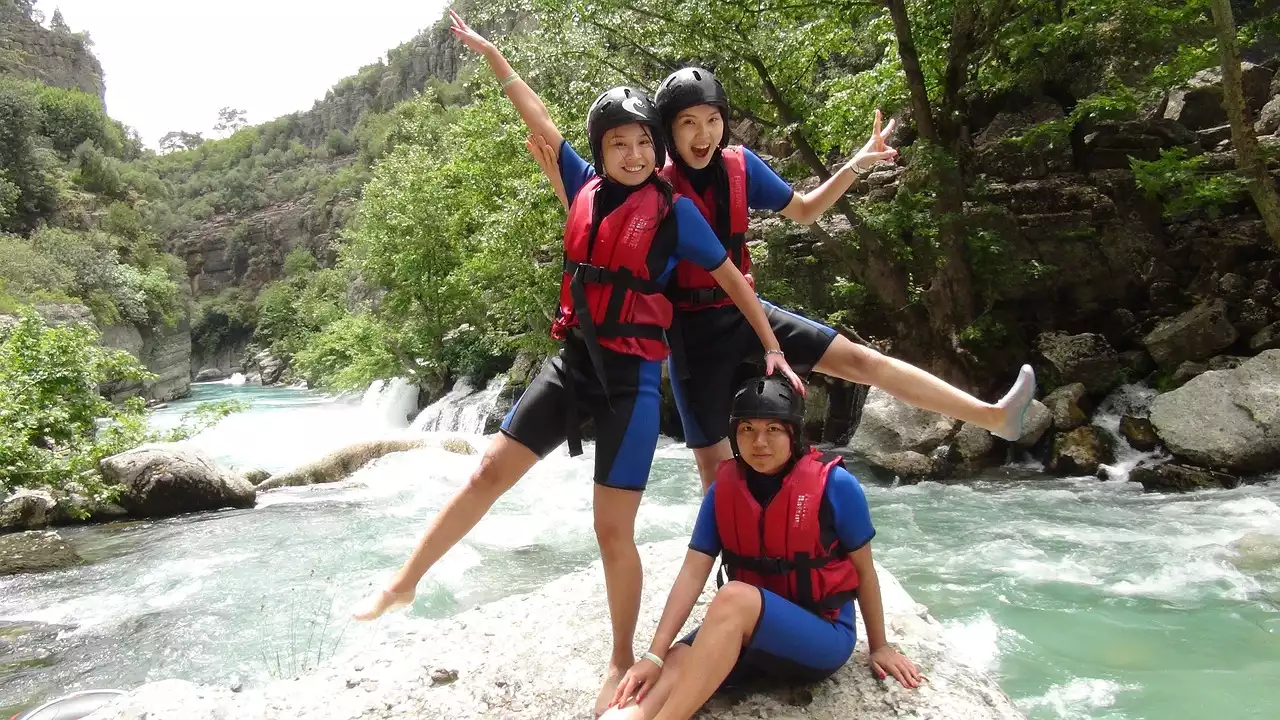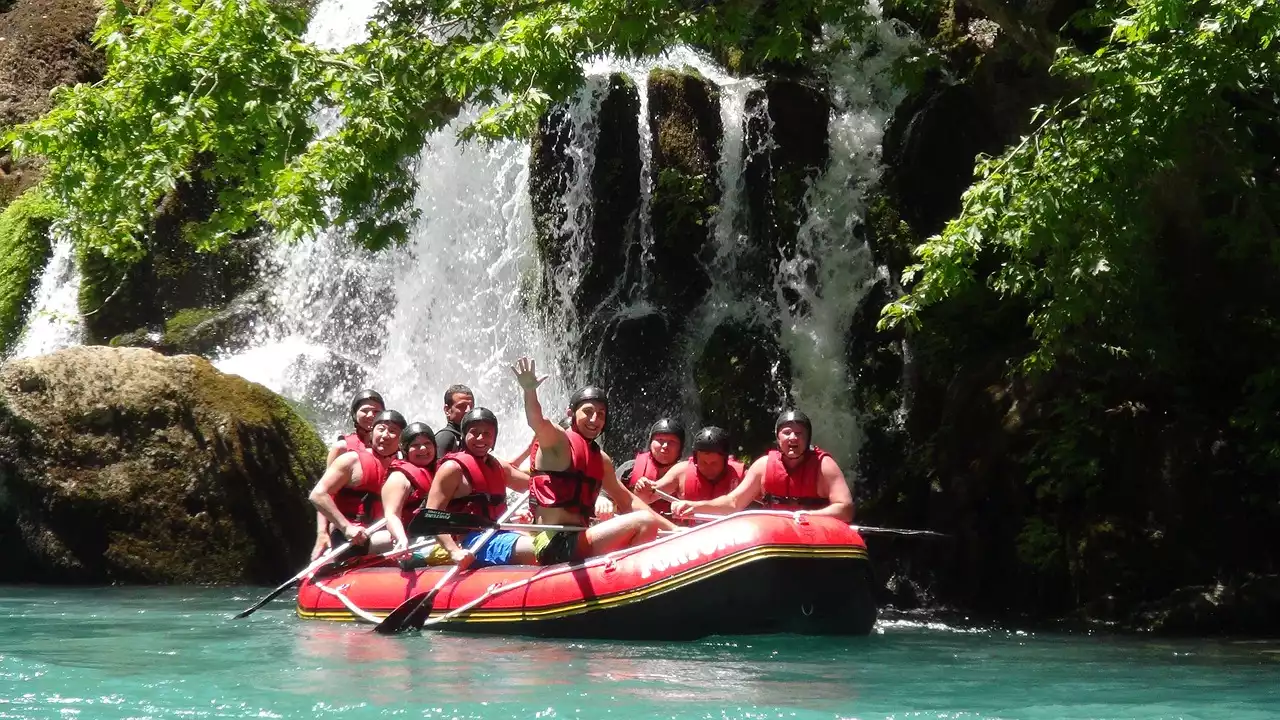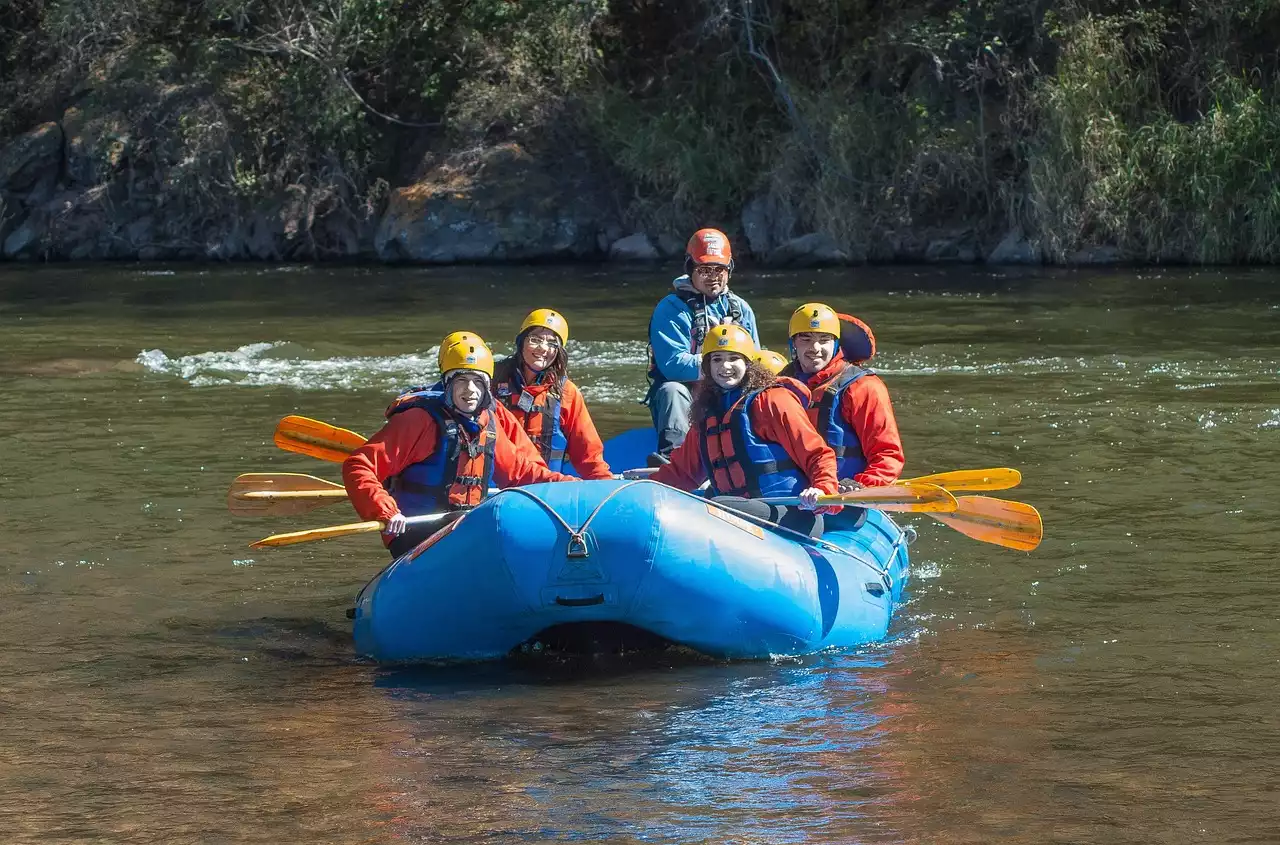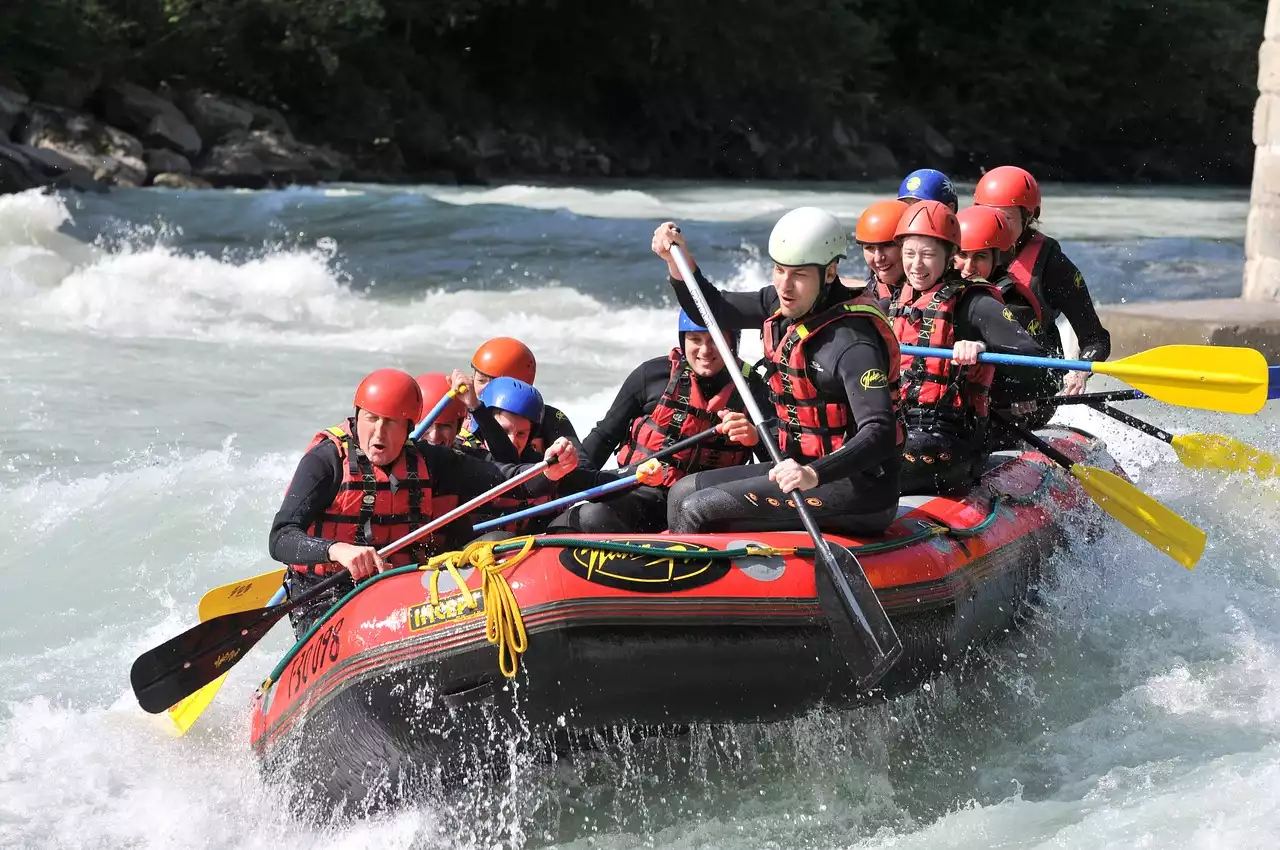Understanding the risks of rafting
Before you embark on a rafting trip, it's essential to understand the risks involved in this adventure sport. Rafting accidents can happen due to various factors, such as sudden changes in weather conditions, strong currents, rocks, and underwater hazards. According to the American Whitewater Association, there were 14 fatalities in commercial rafting accidents in 2019. While the number might seem small, it's crucial to remember that accidents can happen to anyone, and it's better to be safe than sorry.
Importance of precautionary measures
Taking precautionary measures is essential to minimize the risks of accidents while rafting. Precautionary measures involve taking steps to prevent accidents from happening or reducing their severity if they occur. The importance of precautionary measures cannot be overstated, and it's crucial to follow them to ensure safety while rafting. By taking the necessary precautions, you can enjoy your adventure to the fullest without worrying about accidents.
Types of precautionary measures - personal, equipment, and environmental
There are three types of precautionary measures that you need to take while rafting - personal, equipment, and environmental. Personal precautionary measures involve preparing yourself physically and mentally for the adventure. Equipment precautionary measures involve ensuring that you have the right gear and equipment for the trip. Environmental precautionary measures involve understanding the weather conditions and water levels before embarking on the trip.
Personal precautionary measures
Personal precautionary measures involve preparing yourself physically and mentally for the adventure. Rafting can be physically demanding, and it's essential to be in good physical shape to handle the rigors of the trip. You should also be proficient in swimming to be able to handle emergencies in case of an accident. It's also important to wear the right attire, such as wetsuits, to protect yourself from the cold water. Overall, personal precautionary measures involve being physically fit, mentally prepared, and wearing the right attire.
Equipment precautionary measures
Equipment precautionary measures involve ensuring that you have the right gear and equipment for the trip. The most important equipment for rafting is a life jacket. A life jacket can save your life in case of an accident, and it's crucial to wear it at all times while on the water. You should also wear a helmet to protect your head from rocks and other hazards. Paddles are also essential equipment for rafting, and you should ensure that they are in good condition before embarking on the trip.
Environmental precautionary measures
Environmental precautionary measures involve understanding the weather conditions and water levels before embarking on the trip. You should check the weather forecast before setting out and avoid rafting in bad weather conditions. High water levels can make rafting more challenging and increase the risks of accidents. You should also be aware of river hazards, such as rocks and underwater obstacles, and avoid them while on the water. By understanding the environmental factors, you can ensure that you have a safe and enjoyable rafting experience.
Rafting safety regulations and guidelines
Rafting safety regulations and guidelines are put in place to ensure the safety of rafters. These regulations and guidelines vary depending on the location and the type of rafting trip. For example, commercial rafting trips have more regulations and guidelines than private trips. It's essential to familiarize yourself with the regulations and guidelines before embarking on the trip to ensure that you are following the rules and regulations.
Emergency preparedness and response
Despite taking all the necessary precautions, accidents can still happen while rafting. It's essential to be prepared for emergencies and know how to respond in case of an accident. You should familiarize yourself with basic first aid procedures and carry a first aid kit with you on the trip. You should also know how to swim to shore in case of an accident and be aware of the emergency protocols of the rafting company. By being prepared for emergencies, you can minimize the risks of accidents and ensure your safety while on the water.
Enjoying a safe and memorable rafting experience
Rafting is an adventure sport that provides a unique experience of navigating through rapids and exploring the beauty of nature. By taking the necessary precautionary measures, you can enjoy your adventure to the fullest without worrying about accidents. Personal, equipment, and environmental precautionary measures are essential to ensure safety while rafting. It's also crucial to follow rafting safety regulations and guidelines and be prepared for emergencies. By doing so, you can have a safe and memorable rafting experience that you will cherish for years to come.
In conclusion, rafting is an adventure sport that provides a unique and exciting experience of navigating through rapids and exploring the beauty of nature. However, it comes with its own set of risks and uncertainties, making it crucial to take precautionary measures to ensure safety. From personal to equipment and environmental precautions, there are various measures you need to take to stay safe while rafting. By following these measures, you can enjoy your adventure to the fullest without worrying about accidents. So, stay afloat and enjoy the ride!










